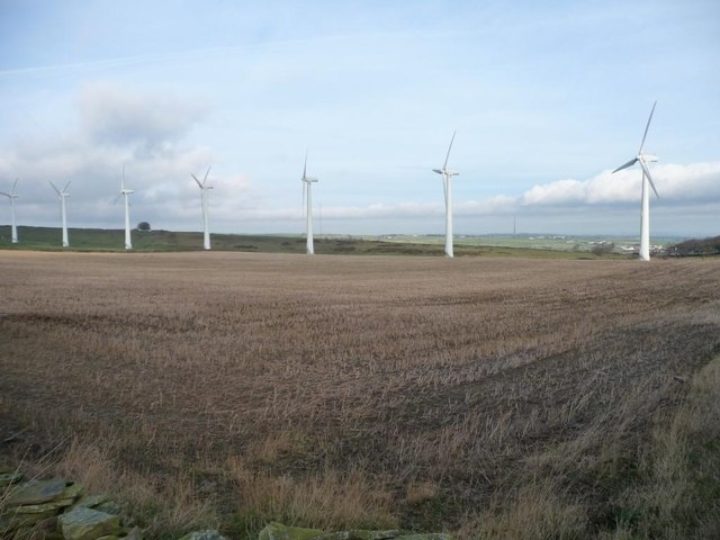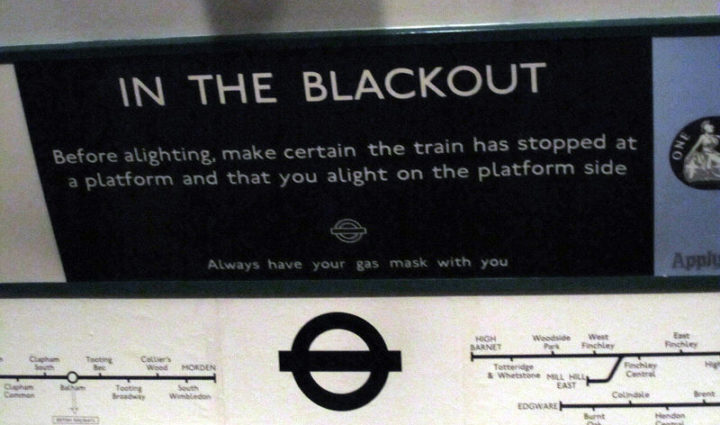The week the wind stopped
How did the grid cope with the winter cold snap?
By Jonny Marshall
Share
Last updated:
By Dr Jonathan Marshall, ECIU Energy Analyst
Faced with a fresh round of winter chills last week, the first thing on many people’s minds wouldn’t have been worries over the ability of the UK’s electricity system to keep the lights on, and rightly so. Despite a recent warning from Grant Shapps MP and (seemingly non-existent) friends, our power network barely blinked during what could well have been the harshest test it will face this winter.

On top of cold conditions, relatively calm weather limited the output of British wind farms, while higher-than-usual export demand to France added further pressure. In the face of a 'perfect storm' of non-ideal conditions – which pushed the total load on the system to nearly 51 GW while wind output struggled to top 1.5 GW – National Grid kept the system ticking over without needing to employ any of its numerous contingency measures.
The UK usually imports power from France, especially during peak hours. Last week, however, this power wasn't available. In fact, during the coldest winter in France for five years, power was actually flowing in the opposite direction, with electricity generated in the UK being ultimately consumed in France.
The cold snap on the other side of the channel was exacerbated by ongoing outages across EDF’s nuclear power stations – six reactors are currently offline – while the nation’s stocks of water for hydropower are also low, at the very time they are needed the most.
The situation in France was so severe that analysts were predicting a shortfall of 1.5 GW, around the same capacity as one of the two European Pressurised Reactors due for construction at Hinkley Point. It was so sticky that grid operator RTE asked people to avoid sending emails with large attachments, refrain from using printers, and reschedule use of washing machines away from peak hours.
Back in the UK, the situation described above is not a million miles away from 'Blackout Britain', depicted in a litany of headlines in years gone by.

Special Reserve
This time, however, there was barely a blip. None of the backstop measures were called into action. The Supplemental Balancing Reserve (SBR) - more than 3.5 GW of backup power plants - remains unused this winter, while the use of weightier mechanisms, such as requesting plants to boost output, or making minor changes to the network voltage, didn’t make it onto the lips of even the most ardent doom-monger.
Without much wind, a new record for gas-fired generation was set, fuelling the domestic market while making power available for export, again without any intervention from National Grid and accompanying screams of panic. This record gas-fired output comes in the wake of numerous records for wind generation, ultimately topping output from coal power stations across the entirety of 2016.
As for costs, despite the apocalyptic warnings, wholesale power traded on the spot market has averaged £62.50 per megawatt hour since the start of November (the date at which the SBR went live for the year). This is higher than usual, but only around £12 more than the equivalent period last year.
However, this price rise is a function of many factors, with the slump in sterling since the decision to leave the EU the primary factor, compounded by a rally in fuel costs. Anyway, as Ofgem recently announced, energy companies with well-thought-out hedging strategies should be insulated from these costs, and should therefore shelter their customers.
End of 'Project Blackout Fear'?
Looking ahead, as we move away from the darkest depths of winter, the situation should ease considerably. Over the weeks ahead, the margins on the system – the excess of generating capacity over forecast demand – will rise, allowing the oldest and dirtiest kit to be bypassed.
Further forward, the government will hold its Capacity Market auction for next winter at the end of the month, ensuring that more than enough power stations will be connected to the grid next winter whatever the weather, and finally, presumably, putting the 'Blackout Britain' meme to bed once and for all.
Share